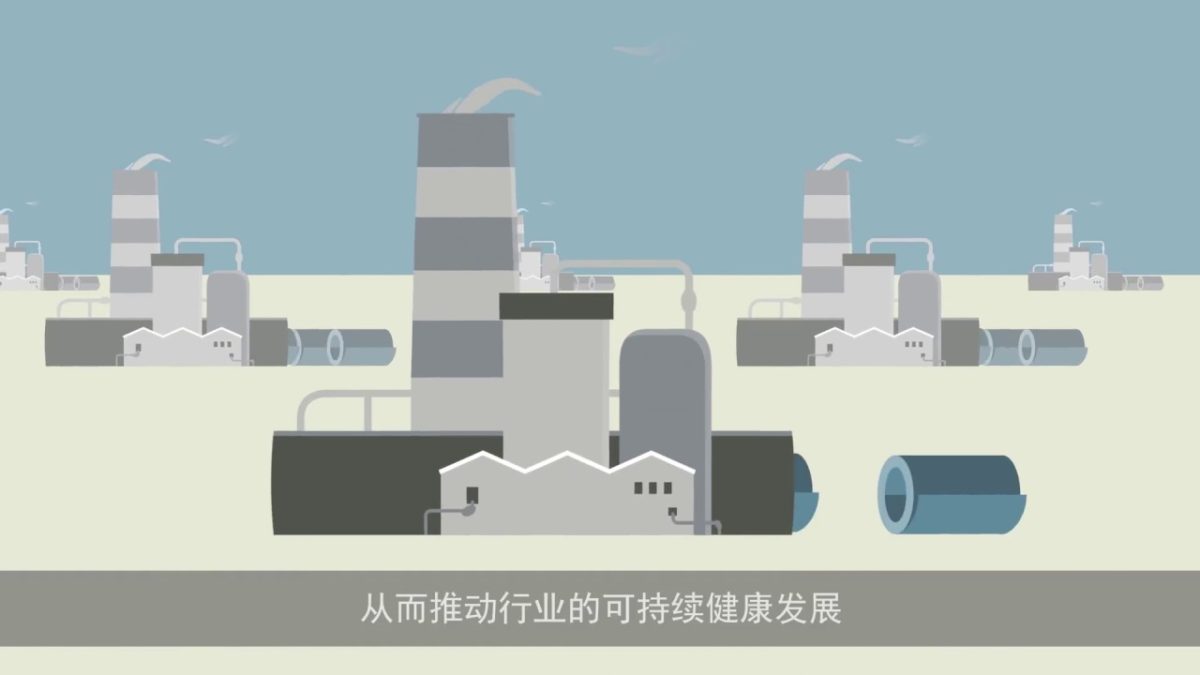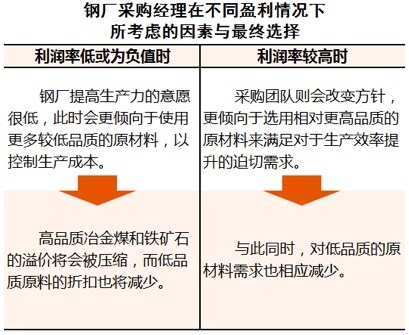The government support offered to startups across Australia is the envy of many entrepreneurs around the world, but these grants can be a tough nut to crack.
The lengthy applications, process times and chance of rejection are enough to put most off, but for those who win it can be a game changer for their venture.
Here are five grants for the startup sector that may be well worth your time.
1. Entrepreneurs’ Programme
The Entrepreneurs’ Programme, which replaced Commercialisation Australia and the Innovation and Investment Fund in 2014, aims to help businesses increase productivity and competitiveness with funding and access to a national network of private sector advisers and facilitators.
The programme offers entrepreneurs grants through the Accelerating Commercialisation fund and Business Growth Grants.
Accelerating Commercialisation Grants offer ventures up to 50% of expenditure on a project, which is capped at $250,000 for commercialisation offices and eligible partner entities, and $1 million for other applicants.
Entrepreneurs can also apply to get free expert advice on their ventures to address knowledge gaps and accelerate growth via Innovation Connections.
Additionally, the Entrepreneurs’ Programme offers funding support for incubatorshelping startups enter global markets.
New and existing incubators can apply for grants equalling 50% of the project value capped at $500,000, and entrepreneur or expert-in-residence projects can gain up to $25,000.
Applications are ongoing. To apply now, click here.
2. CSIRO Kick-Start
Startups and SMEs keen to partner with Australia’s Commonwealth Scientific and Industrial Research Organisation (CSIRO) in research activities can get up to $50,000 in matched funding to help them further develop and grow their business.
Kick-Start is a relatively new initiative, which started in early 2017. It aims to further drive Australia’s innovation output by supporting local startups “on their way to becoming Australian success stories”. Aimed at the research and testing stage of companies, the grant is for companies researching a new idea, or testing or developing a “novel” product or service.
To be eligible, companies have to be registered in Australia for GST, have an annual turnover of $1.5 million or less in the current and past two previous financial years, and have been registered as a company for less than three years.
If you meet those eligibility criteria, you could receive between $10,000 and $50,000 in matched funding. The funding can then be used to cover the costs of undertaking the project — such as salaries for researchers or travel and accommodation — but it may not be used for capital works, expenditure, or infrastructure costs.
3. Biomedical Translation Fund (BTF)
If you’re a startup operating in the space of health and wellbeing, there’s a chance you could go one better than a grant and instead receive a line of venture capital straight from the government.
The Biomedical Translation Fund (BTF) was established by the federal government as part of the National Innovation and Science Agenda in December 2016, and was fuelled with $250 million of Commonwealth capital and an additional $250 million of private sector capital. Currently, the fund is managed by three fund managers, including one from startup VC fund OneVentures.
So far, 10 investments have been made through the BTF, including a $7.5 million investment in medtech startup Global Kinetics in April this year. The largest, and most recent, investment was $22 million in Certa Therapeutics on June 5.
To be eligible, your company must be “developing and commercialising biomedical discoveries” and have the majority of your employees and assets in Australia, along with a revenue of less than $25 million over the past two financial years.
‘Biomedical discoveries’ are classified as “therapeutic, medical or pharmaceutical products, processes, services (including digital health services), technologies or procedures that represent the application and commercialisation of the outcomes of research that serve to improve health and wellbeing”.
Alternative, traditional, or complementary medicine developments are not supported. Startups are also not guaranteed an investment just for meeting the criteria, with the investments made at the discretion of the fund managers.
4. Export Market Development Grant (EMDG)
The EMDG has been set up for aspiring and current exporters across a wide range of industries and products to help drive new outbound markets from Australia and encourage inbound tourism.
For businesses that have spent $15,000 or more on export promotion, they can be reimbursed up to 50% of costs exceeding $5000.
To be eligible, businesses must have promoted either the export of goods and services, inbound tourism, export of IP and “know-how” or Australian events and conferences.
Eligible businesses will have an income under $50 million in the grant year.
Applications lodged by approved consultants are open till midnight, 28 February 2017 and self-lodged applications close on 30 November 2016.
To apply now click here.
5. Research and Development Tax Incentive
The R&D tax incentive aims to help all businesses stay ahead of the curve through a tax offset that encourages innovation in even the smallest ventures.
From July 1 2016, companies with an annual turnover under $20 million can claim a 43.5% refundable tax offset against R&D expenditure that amounts to $100 million or less.
All other eligible companies can claim a 38.5% non-refundable tax offset.
Non-refundable offset amounts that go unused can be carried on to future income years.
For R&D expenditure under $20,000, companies can only make a claim if it was undertaken with a research service provider or co-operative research centre.
Applications are ongoing but companies must register for R&D activities within 10 months of their income year first.
To apply now click here.
Other programs to help your startup grow.
While not necessarily grants, there are a number of other programs ran by the government that can provide incentives, financial or otherwise, that can help young companies get off the ground.
We’ve listed a couple below.
Venture Capital Limited Partnerships (VCLP)
The VCLP programme aims to draw in foreign investors to Australia and boost the local VC market with tax benefits.
To be eligible, funds must register as a VCLP under the Venture Capital Act 2002 and make high risk investments that hold for at least 12 months.
The investments must be in ventures where total assets are valued under $250 million, 50% of assets are located in Australia and 50% of employees are also located here.
Tax benefits for VCLPs include flow-through taxation treatment, exemption from capital gains tax on their share of profits made by the partnership and the ability to claim carried interest on the capital account instead of revenue.
Fund managers are encouraged to get professional tax advice before registering.
To apply now click here.
Austrade Landing Pad
This initiative aims to give Australian startups a leg-up in the global market by immersing them in one of five world-class innovation hubs.
Startups accepted into Landing Pads in Singapore, Berlin, Shanghai, Tel Aviv or San Francisco benefit from on-the-ground presence in these markets plus access to their networks, talent, mentors and investors.
To be eligible, startups must demonstrate strong vision, scalability, traction and differentiation, and explain how 90 days in a Landing Pad could help their venture.
Austrade provides workspace in an accelerator and free services but participants must fund their own travel, accommodation, living costs, visas and insurance.
Austrade does providing funding for global startups in Australia through the Export Market Development Grant.
To apply now click here.
Have you seen any other exciting government grants or support programs for our startup community? Tell us in the comments.









